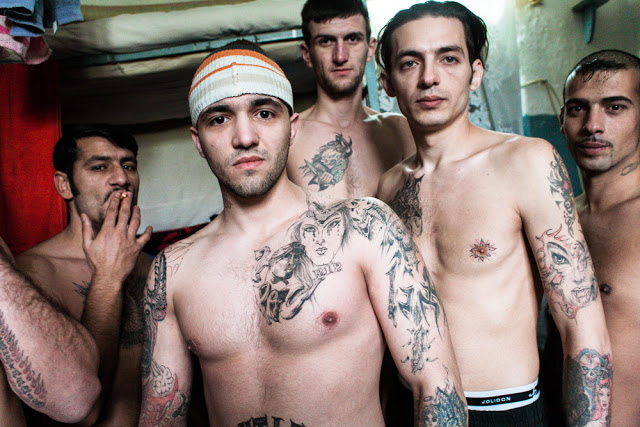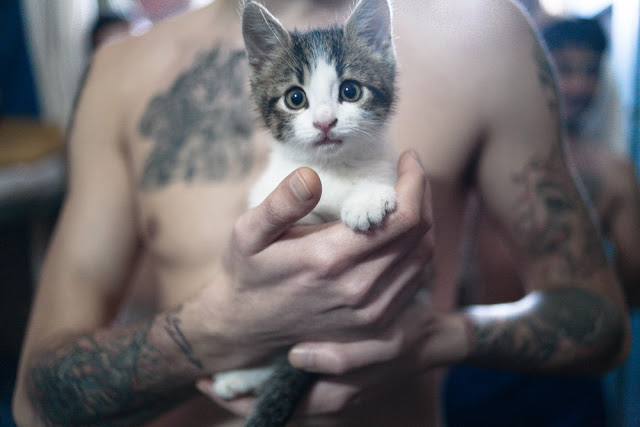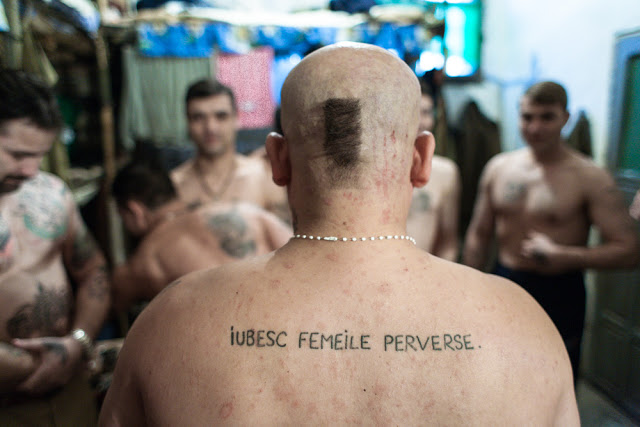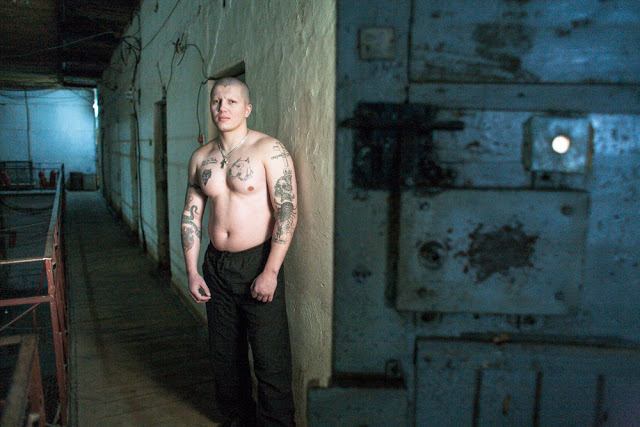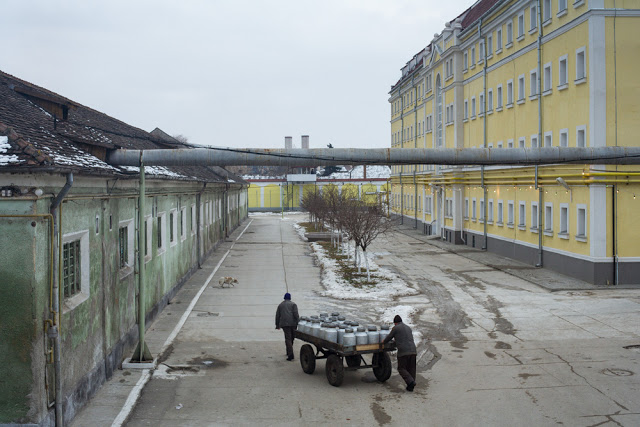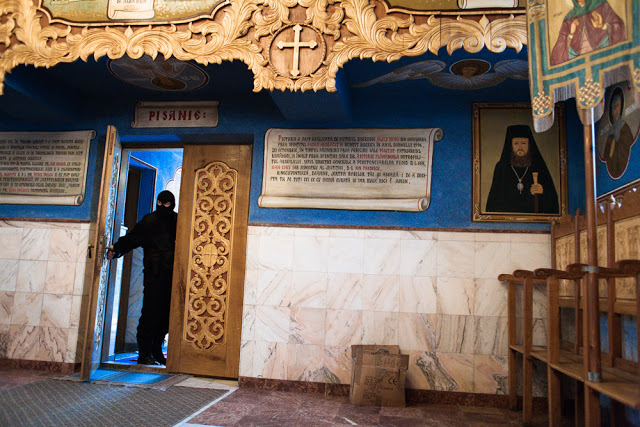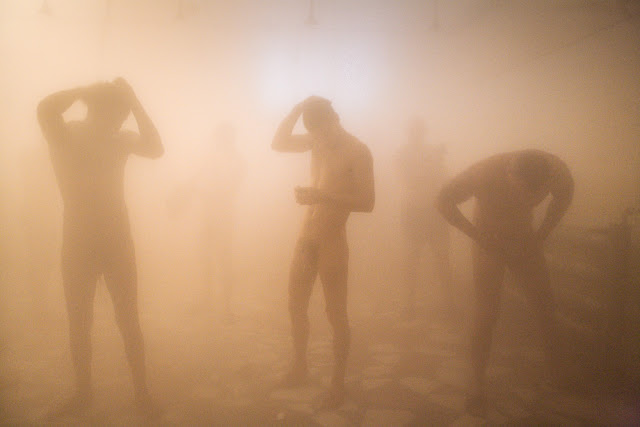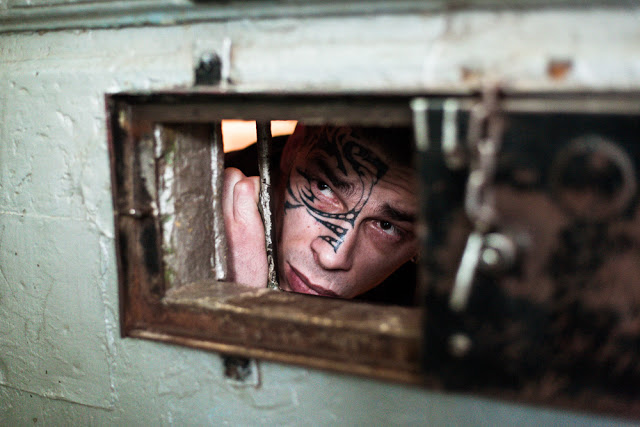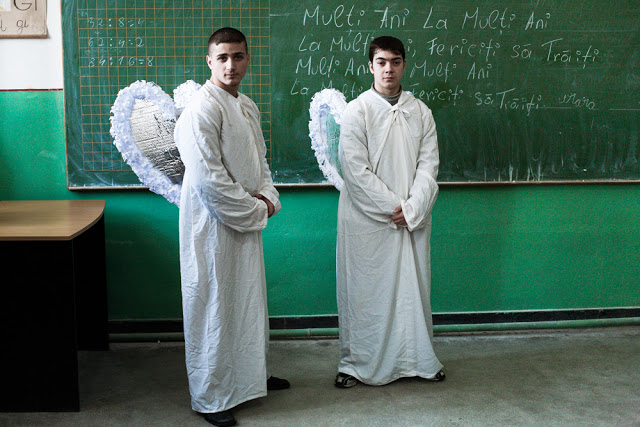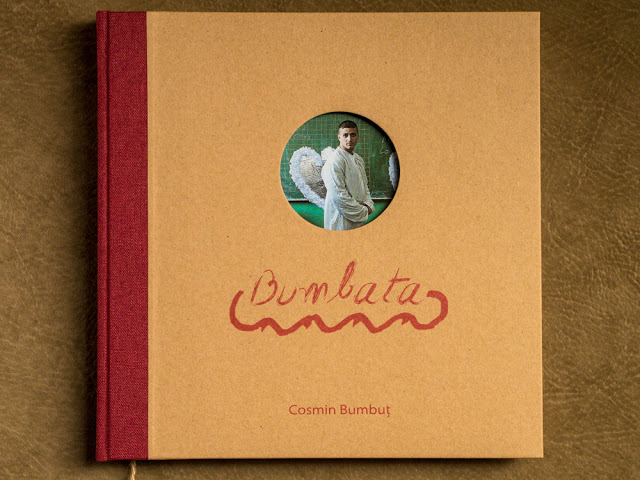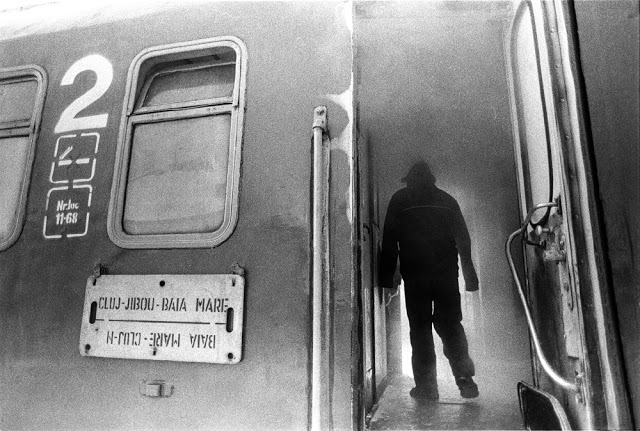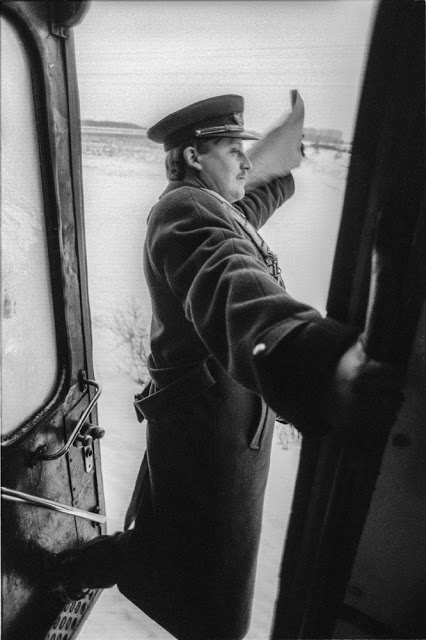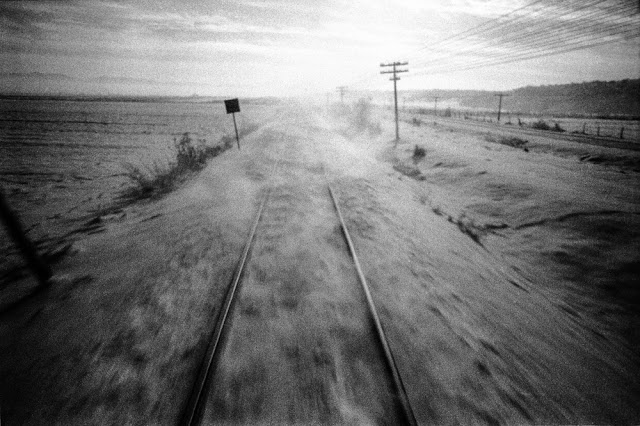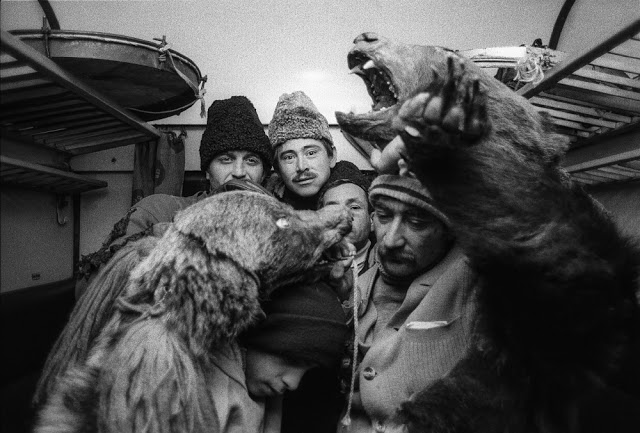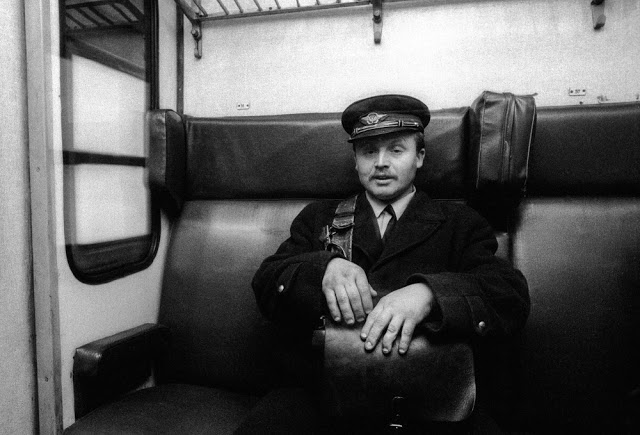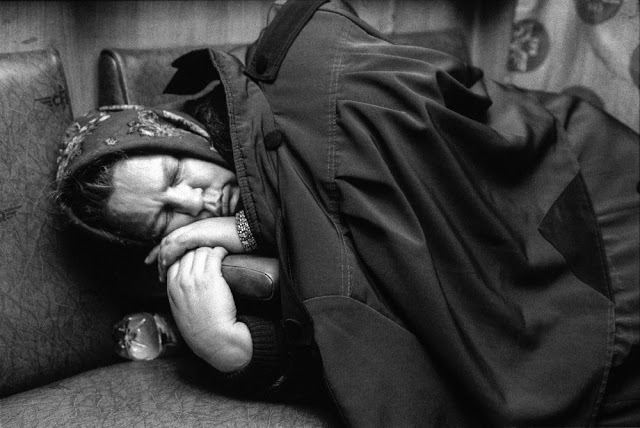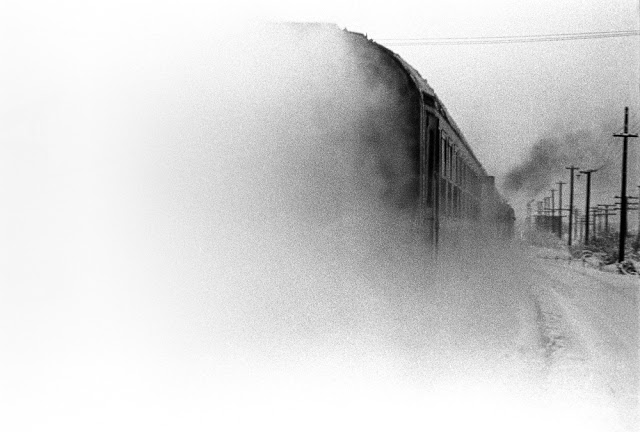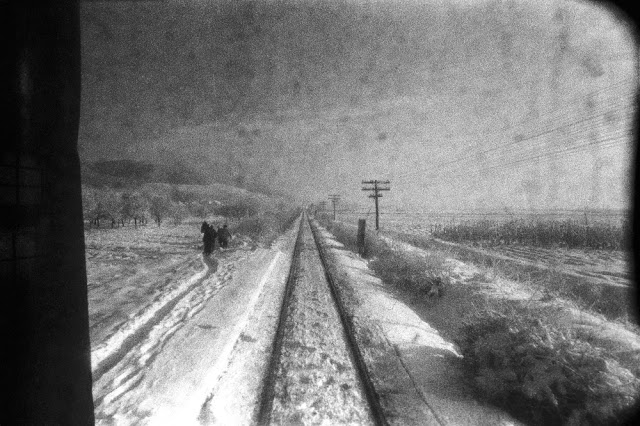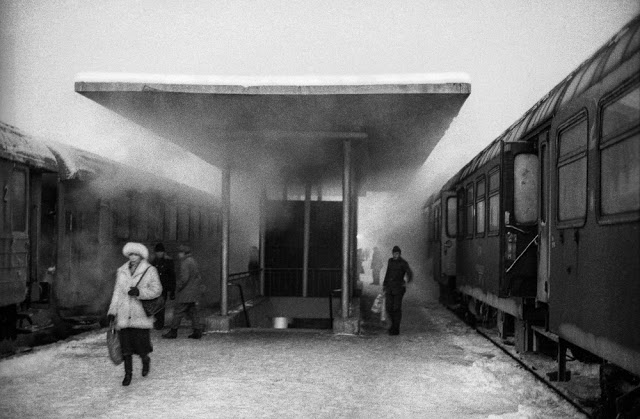Romania Week: Cosmin Bumbut
I spent three years taking pictures in Aiud. Up until 2008 I was there ten times and each visit meant a five-day stay. I witnessed all sorts of happy, sad and even absurd events while working at this project. If there is one thing I learned about prisoners it’s to never ask why they are there. I reached this decision after putting the inappropriate question while at the women prison in Târgşor where I saw an old woman on a stretcher carried by guards. I noticed one of her feet was swollen and looked gangrened. I suddenly felt pity for her and expressed it out loud. One of the guards heard me and replied that she was in prison because she had thrown stones at some kids playing under her balcony and killed one of them. I felt so much anger when I heard this that I decided to never again ask about the circumstances that had gotten people into jail.
During my last visit at Aiud I found in the office of the Social Reintegration staff a file labeled “Literary works of prisoners”. I read some pieces on the spot and took pictures of the rest thinking I might use them. I also photographed the prison magazine called Light from the Dark, which at that time was handwritten and stapled in one hard copy. I remember one of the inmates was a kind of editor putting all the papers together and another one played the art director role doing the drawings. It then hit me: mixing their texts with my photos was just the right kind of narrative I needed to finish the book.
It was the winter of 1996, before Christmas, when I decided to start taking photos throughout my journeys by train. The first thing I did was to set off in short voyages around Baia Mare, accompanied by my camera and a small can of plum brandy to keep me warm. I remember it was freezing – around -23Celsius degrees – and my mother had knitted a pair of mittens for me. She had cut the finger tops and then carefully sewed the rest of the fingers. Back then you couldn’t find such gloves in stores.
Posts on Lenscratch may not be reproduced without the permission of the Lenscratch staff and the photographer.
Recommended
-
Shinichiro Nagasawa: The Bonin IslandersApril 2nd, 2024
-
The International Women in Photo Association Awards: Lorraine Turci: The Resilience of the CrowMarch 16th, 2024
-
The International Women in Photo Association Awards: Rayito Flores Pelcastre: Chirping of CricketsMarch 14th, 2024
-
The International Women in Photo Association Awards: Louise Amelie: What Does Migration Mean for those who Stay BehindMarch 12th, 2024
-
Brandon Tauszik: Fifteen VaultsMarch 3rd, 2024

